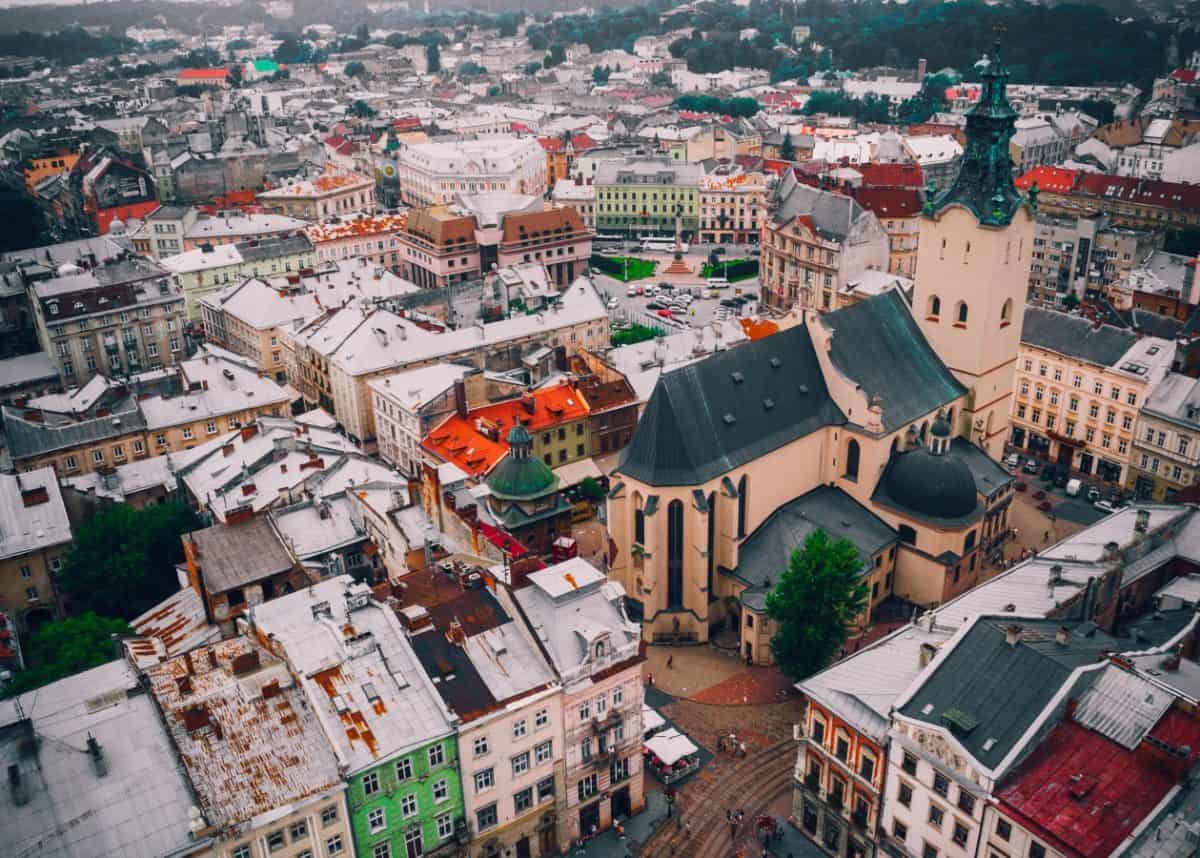Liana Semchuk, University of Oxford
When Joe Biden was confirmed as the winner of the US election, it came as a relief to many people in Ukraine. But while a Biden presidency is a welcome development, it’s unlikely to solve Ukraine’s myriad domestic issues – with enduring challenges such as endemic corruption set to continue undermining the country’s political and social landscape in the year ahead.
More importantly, the enduring armed conflict in east Ukraine is unlikely to be solved with Biden in the White House, despite the president-elect’s recent statements that he is committed to resolving the security situation.
Russia will remain a key obstacle to any progress on peace in the eastern Ukrainian regions of Donetsk and Luhansk (collectively known as Donbas), especially given that 2020 has proved a testing year for Moscow’s ability to keep on top of various political crises in the former Soviet republics. Unrest in Belarus, Kyrgyzstan, Armenia-Azerbaijan as well as the ongoing struggle between Russia and western powers over Moldova following the outcome of the November presidential election suggest that the efforts to keep Ukraine within its sphere of influence could, in fact, intensify in the year ahead.
With Biden in the White House, Washington’s rhetoric towards Russia is likely to be much more consistent than it was during Trump’s administration. But early indications are that relations between the US and Moscow are likely to be frosty, at best. Russian president, Vladimir Putin, greeted the announcement of Biden’s victory with the assertion that: “You can’t spoil a spoiled relationship” – and he has still to formally congratulate Biden on his victory. For his part, Biden stated during his presidential campaign that Russia constitutes the biggest global threat to the national security of the US. Predictably this prompted a backlash from the Kremlin, which said it regretted “that absolute hatred of the Russian Federation is spread in this way”.
It’s widely believed that Biden will seek to rebuild America’s global role and to restore amicable relations with the European Union and Nato allies, while simultaneously taking a hard stance on other regional powers such as China and Russia. As such, the US is likely to continue its current course in seeking to prevent the completion of key Russian infrastructural projects such as the Nord Stream 2, the EU’s US$11 billion gas link to Russia, which will also remain a sore point between the US and the EU.
But much of the detail of Biden’s foreign policy direction as far as Ukraine remains unclear. Aid policy, for example, has yet to be announced – but given Biden’s much clearer and consistent stance on Russia, it is thought likely that the US will continue to supply Ukraine with defence material. This will include “lethal weapons”, said Biden, despite the fact that Barack Obama stopped short of this during his presidency – when Biden was vice president.
Domestic strife
Regardless of who is in the White House, it’s Ukraine’s internal challenges that will be the most pressing concern in Kyiv. Ukraine’s president, Volodymyr Zelensky, initially launched an ambitious reform agenda in 2019, but progress on many key issues has been patchy and had largely come to a halt, even before the pandemic struck.
A second tranche of a US$5.2 billion IMF funding agreement was not paid in September, because – according to the IMF, Ukraine had not carried out the necessary prior actions. While Kyiv is hopeful that Biden’s presidency could help resolve this situation, the outcome will ultimately depend entirely on the government’s ability to deal with corruption and ensure the independence of supervisory bodies as well as the National Bank.
Meanwhile, declining support for Zelensky’s party, Servant of the People (SN), is likely to leave him with even less political clout in 2021, making the resumption of his original reform agenda all the more difficult.
Local elections on October 25 saw SN lose ground to pro-Russian political forces in the east, despite Zelensky’s initial overwhelming victory in 2019 initially suggesting that he could serve as a more uniting figure. The elections also underlined deep-rooted regional geopolitical divisions in Ukraine where western areas usually look to the EU and a transatlantic alliance, while eastern and the south-eastern regions have traditionally been more sympathetic to Russia.
Kyiv’s controversial decision to not hold the elections in the parts of the eastern provinces of Donetsk and Luhansk that remain under Ukrainian control will only drive these regions further towards the pro-Russian Opposition Platform – For Life.
No end to the conflict
Despite the prospects of the occupied territories returning to Ukraine remaining slim, at the moment, Kyiv insists it remains determined to hold local elections in Russian-occupied Donbas at the end of March 2021. But this is an unrealistic scenario as Russia has no incentive to demilitarise and withdraw from the region. And even if these elections go ahead, there is little chance of them being free and fair. Pro-Russian parties are therefore highly likely to secure the vote and therefore “legitimise” their position.
With Biden entering the White House, there is now potentially even less incentive for Russia to demilitarise the occupied territories. Biden’s historical support for Ukraine’s membership in Nato – which many in Russia see resurfacing after his inauguration in January 2021, could lead to renewed fighting in eastern Ukraine.
So the strategy of continuing to exploit Ukraine’s internal divisions and regional polarisation will remain key for Russia. And, as a result, the prospect for an end to the conflict in the Donbas is highly unlikely in the coming year, despite the supportive new occupant of the White House.
Liana Semchuk, PhD Candidate in Politics, University of Oxford
This article is republished from The Conversation under a Creative Commons license. Read the original article.












